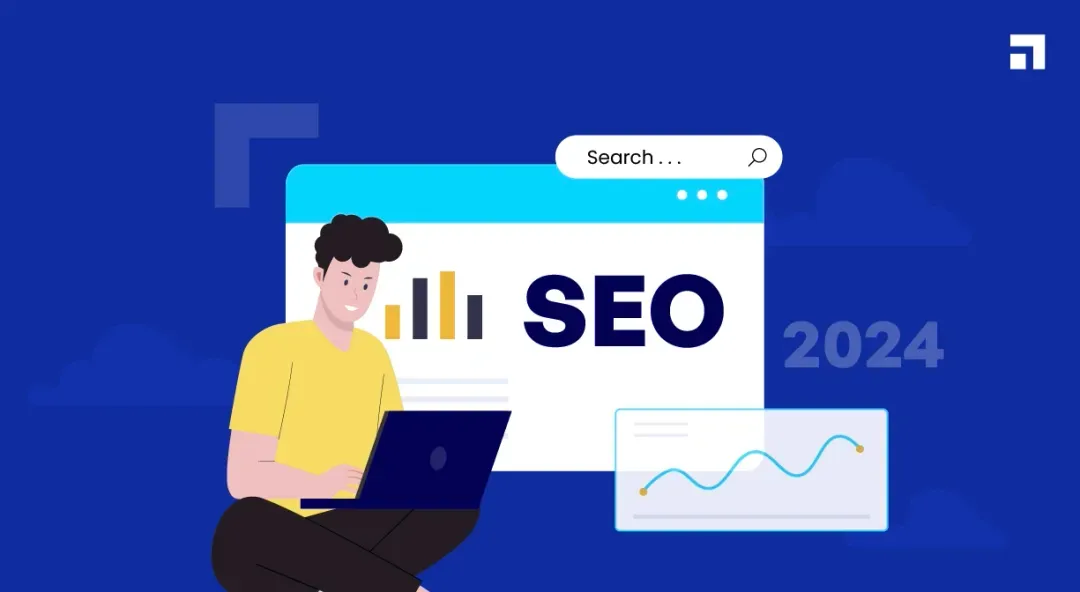In the ever-evolving world of digital marketing, blog posts remain a powerful tool for attracting potential customers, building brand awareness, and establishing yourself as an industry thought leader. But with millions of blogs competing for attention, optimizing your posts for search engines is crucial for getting your valuable content seen by the right audience.
Here are 10 top tips to help you boost your blog post SEO and attract organic traffic:
1. Conduct Keyword Research:
Your SEO journey starts with understanding the search terms your target audience uses. Leverage keyword research tools like Google Keyword Planner, Ahrefs, or SEMrush to identify relevant keywords with high search volume and low competition. Focus on long-tail keywords that reflect specific user intent, as they tend to have higher conversion rates.
2. Craft Compelling Headlines and Titles:
First impressions matter, and your headline is often the first thing a user sees. Make it clear, concise, and attention-grabbing, incorporating your target keyword naturally. Use tools like CoSchedule Headline Analyzer to test different headlines and predict their effectiveness. Remember, your meta description, which appears in search results, should also be optimized for clicks.
3. Structure Your Content for Readability:
Break up your text with subheadings, bullet points, and short paragraphs to improve readability and scannability. Aim for a clear structure that logically guides readers through your content. Use clear formatting like bolding and italics to emphasize key points.
4. Optimize for On-Page SEO:
Integrate your target keyword naturally throughout your post, but avoid keyword stuffing. Include it in the title, headings, subheadings, meta description, and alt text for images. Optimize your URL structure to be concise and keyword-rich.
5. Create High-Quality, Valuable Content:
Focus on creating informative, engaging, and well-researched content that solves your target audience’s problems or answers their questions. Offer unique insights, data-driven arguments, and actionable advice. Prioritize quality over quantity and strive to consistently publish valuable content.
6. Leverage the Power of Internal Linking:
Link to relevant internal blog posts throughout your content to increase user engagement, improve website navigation, and distribute link juice among your pages. This helps search engines understand the structure and hierarchy of your website.
7. Optimize Images and Videos:
Use high-quality images and videos relevant to your content and name them descriptively, incorporating your target keyword. Include alt text for each image, providing a concise description for accessibility and SEO purposes.
8. Promote Your Content on Social Media:
Share your blog posts on relevant social media platforms to increase visibility and engagement. Optimize your social media posts with engaging headlines and visuals, and use relevant hashtags to reach a wider audience.
9. Build Quality Backlinks:
Backlinks from high-authority websites signal to search engines that your content is valuable and trustworthy. Guest blogging on relevant websites, collaborating with influencers, and earning mentions in industry publications can help build quality backlinks.
10. Analyze and Adapt:
Don’t expect instant results. Track your website analytics to understand how your blog posts are performing. Monitor keyword rankings, traffic sources, and user engagement metrics. Use insights to identify areas for improvement and adapt your SEO strategy accordingly.





